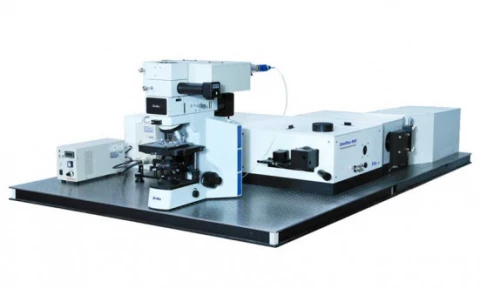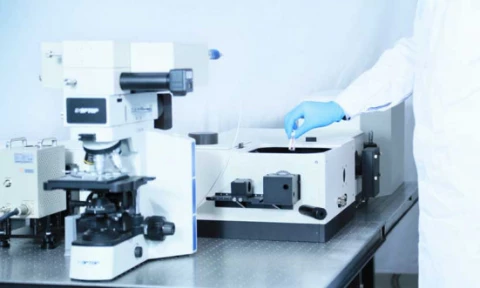Description
OmniFluo900 series is a high-performance, versatile, modular spectrofluorometer, dedicated to fundamental research and routine laboratory applications. Its modular design makes it capable of testing steady-state and transient spectra, UV-VIS-NIR wide spectral range, quantum yield, and variable temperature spectra.
This spectrofluorometer's high sensitivity lays a solid foundation for measurements of low sample concentrations or small sample volumes. Spectral correction and high spectral resolution secure the accuracy of the spectra. Equipped with intuitive software, it can be used for material science, photophysics, photochemistry, life science, and agricultural science.
Principle of Operation: Spectrofluorometry is a laboratory technique used to analyze various materials based on their characteristic fluorescence. It relies on the intrinsic chromophores with known characteristic emission spectra. During the spectrofluorometric measurement the compound of interest is illuminated with light of a specific wavelength. Absorption of light lifts the energy of atoms to excited states. Since the excited energy states are typically unstable, they quickly relax to the ground state while emitting the energy in the form of characteristic fluorescence.
Such excitation and emission spectra are standard measurements in fluorescence spectroscopy. In a typical fluorescence excitation spectra measurement, the excitation wavelength is scanned across a spectrum and the fluorescence of specific wavelength is measured. In contrast, in a fluorescence emission measurement, the excitation wavelength is fixed and the entire fluorescence spectrum is measured.
OmniFluo900 Series Spectrofluorometer
Specifications
| Wavelength Range (reflectance): | 200 – 1700 nm |
|---|---|
| Resolution: | 0.08 nm |
| Minimum Scan Time: | 60 sec |
| Sensitivity (steady State): | > 12,000:1 |
| The Water Raman Signal Noise Ratio: | 10000:1 |
| Stray Light Rejection: | 10-5 |
| Time Resolution: | 1 ns |
| Excitation Source: | 75W Xenon Lamp |
| Detector Type: | Photomultiplier |
| Lifetime Range: | Steady State (960 model) | μs-s (990 model) |
| Type: | Czerny-Turner |
| Focal Length: | 320 mm |
| Wavelength Accuracy: | ±0.2 nm |
| Wavelength Repeatability: | ±0.1 nm |
| Mode: | Steady State (960 model) | Steady state & Time-Resolved (990 model) |
| Pulse Width: | N/A (960 model) | 2.9 μs (990 model) |
| Data Acquisition: | Single photo counting |
| Number Of Detector Channels: | 1 |
| Min. Width Of Time Bins: | N/A (960 model) | 64ps (990 model) |
| Computer Interface: | USB |
| Software: | Steady State / Time-Resolved |
Features
This OmniFluo900 series spectrofluorometer features:
- Modular construction for maximum flexibility and upgrade capability
- Different functions quickly adapt to your specific needs
- Large spectral coverage from UV (200 nm) to MIR (1700nm)
- Extended wavelength range with triple grating monochromators
- Excellent stray light rejection
- Emission spectroscopy correction function
- High illumination power with 75W Xenon light source
- Laser exc. at 375 nm, 405 nmm 442 nm, 532 nm, 785 nm, 1064 nm
- Fluorescence lifetime measurements (μs - seconds)
- Intuitive software for steady-state and time-resolved measurements
Spectrofluorometer comes with the following optional extensions:
- Expansion Option-1: Infrared test functions
- Expansion Option-2: Quantum yield
- Expansion Option-3: Polarization fluorescence
Applications
Spectrofluorometers in OmniFluo 900 Series are the perfect choice for the following applications:
- Materials science of semiconductors (PLE/PL)
- Reflection, Absorption measurements
- Quantum Yield Measurements of Phosphor Powders
- Experiments involving fluorescence up conversion
- Testing OLED materials used in display technologies
- Carbon nanotubes
- Biology, for testing chlorophyll and carotenoids
- Biomedical research and engineering
- Fluorescence based diagnostics
- Environment monitoring
Frequently Asked Questions
What is the OmniFluo900 series spectrofluorometer used for?
The OmniFluo900 series spectrofluorometer is used for fundamental research and routine laboratory applications in material science, photophysics, photochemistry, life science, and agricultural science.
What are the features of the OmniFluo900 series spectrofluorometer?
The features of the OmniFluo900 series spectrofluorometer include modular construction, large spectral coverage from UV to MIR, triple grating monochromators, high illumination power with a Xenon light source, laser excitation at multiple wavelengths, fluorescence lifetime measurements, and intuitive software for steady-state and time-resolved measurements.
What optional extensions are available for the OmniFluo900 series spectrofluorometer?
The optional extensions for the OmniFluo900 series spectrofluorometer include infrared test functions, quantum yield measurements, and polarization fluorescence.
What applications is the OmniFluo900 series spectrofluorometer suitable for?
The OmniFluo900 series spectrofluorometer is suitable for applications in materials science, reflection and absorption measurements, quantum yield measurements, fluorescence up conversion, testing OLED materials, carbon nanotubes, biology (chlorophyll and carotenoids), biomedical research and engineering, fluorescence-based diagnostics, and environment monitoring.
What is the principle of operation for spectrofluorometry?
Spectrofluorometry is a laboratory technique that analyzes materials based on their characteristic fluorescence. It involves illuminating the compound of interest with light of a specific wavelength, which excites the atoms to higher energy states. The excited states quickly relax to the ground state while emitting energy in the form of characteristic fluorescence.
Similar Products
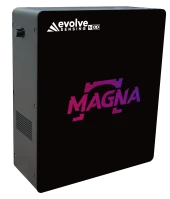
Magna High-Resolution Series Spectrometer
Evolve Sensing
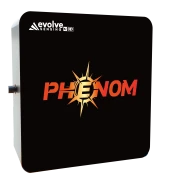
Phenom Vis-NIR High Resolution Series Spectrometer
Evolve Sensing
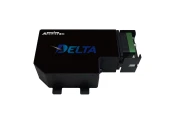
Delta OCT Series Spectrometer
Evolve Sensing
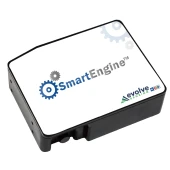
SmartEngine UV-VNIR Series Spectrometer
Evolve Sensing
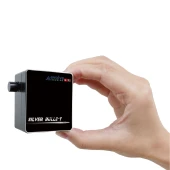
SilverBullet Compact OEM UV-VIS Series Spectrometer
Evolve Sensing
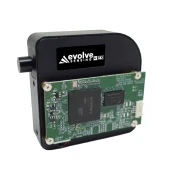
PocketHawk UV-VIS or NIR Series Spectrometer
Evolve Sensing
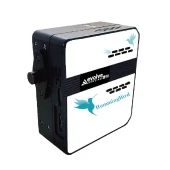
HummingBird Compact OEM UV-VIS Series Spectrometer
Evolve Sensing
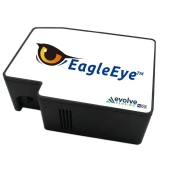
EagleEye UV-VIS Series Spectrometer
Evolve Sensing
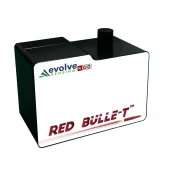
RedBullet Compact OEM NIR Series Spectrometer
Evolve Sensing
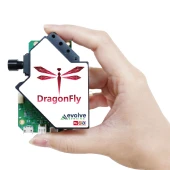
DragonFly DLP NIR Series Spectrometer
Evolve Sensing
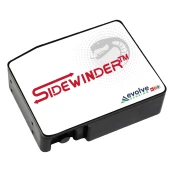
SideWinder NIR Series Spectrometer
Evolve Sensing
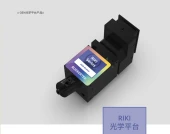
RIKI optical platform
RudeerTEK
Thank You!
Your inquiry has been received.
Create an account by adding a password
Why create an account?
- Auto-complete inquiry forms
- View and manage all your past messages
- Save products to your favorites
- Close your account anytime — no hassle
